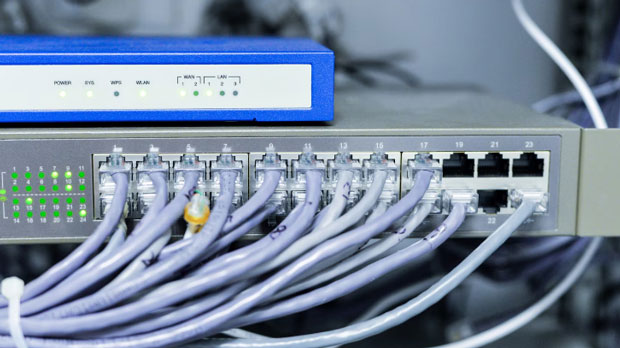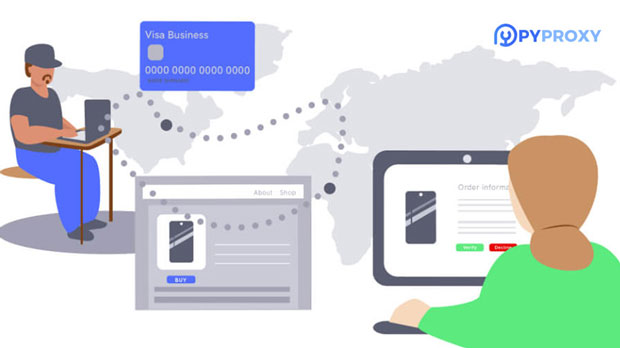Are free SOCKS5 proxies worth using?
When considering online privacy and security, socks5 proxies are often seen as a valuable tool for anonymity, access to restricted content, and enhanced online activities. However, many users are drawn to the idea of free SOCKS5 proxies, tempted by the promise of privacy without additional costs. But is it truly worth using free SOCKS5 proxies? In this article, we will explore the pros and cons of free SOCKS5 proxies, considering factors such as speed, security, reliability, and potential risks. By the end, you will have a clearer understanding of whether using free SOCKS5 proxies is a good idea, and what precautions you should take if you choose to use them. Understanding SOCKS5 ProxiesSOCKS5 proxies, part of the SOCKS (Socket Secure) protocol family, serve as intermediaries between a user’s device and the internet. They are popular for their flexibility in handling different types of internet traffic, including HTTP, FTP, and P2P connections, making them ideal for a variety of online activities. SOCKS5 proxies work by routing data from a client device through a server, masking the user's IP address and providing a layer of anonymity.The SOCKS5 protocol is particularly beneficial due to its support for UDP (User Datagram Protocol), which ensures smoother performance for activities such as video streaming and online gaming. Additionally, SOCKS5 proxies offer greater security compared to earlier versions like SOCKS4, as they allow for authentication, ensuring that only authorized users can access the proxy service.The Allure of Free SOCKS5 ProxiesOne of the main reasons people opt for free SOCKS5 proxies is the absence of cost. For those who need a quick and inexpensive solution to conceal their online identity or bypass geographical restrictions, free proxies appear to be an attractive option. These proxies are often easily found and may even offer relatively good performance in specific situations. They promise convenience without requiring a financial commitment, which is appealing to many users, especially those who do not need consistent or high-level security.Furthermore, free SOCKS5 proxies may seem like an appealing entry point for casual users who are exploring online privacy or need temporary access to specific content. They provide a straightforward solution without the need for long-term commitment or subscription fees.The Drawbacks of Free SOCKS5 ProxiesDespite their apparent advantages, free SOCKS5 proxies come with significant drawbacks that users need to carefully consider.1. Security RisksOne of the most significant issues with free SOCKS5 proxies is the potential for compromised security. Since these services are often offered without any financial investment, many free proxy servers have weak or even nonexistent security measures. Without encryption or proper authentication, your data can be intercepted by malicious actors. This is particularly concerning for users who are engaged in sensitive online activities, such as banking or sharing personal information.Additionally, some free SOCKS5 proxies may log users’ data, including browsing history, IP addresses, and connection logs. These logs could be used for various purposes, including selling user information to third parties, further eroding the privacy benefits users expect from using a proxy.2. Unreliable PerformanceFree SOCKS5 proxies tend to be less reliable compared to paid alternatives. Many free proxy servers are overcrowded with users, resulting in slow speeds and high latency. This can make activities like streaming, gaming, and torrenting frustrating, as the performance may be inconsistent.Moreover, free proxies often lack the necessary maintenance and support. This means that users may experience frequent downtime, server outages, or other technical issues. When you rely on a free service, you have little recourse if the service becomes unavailable or if there are issues with the server’s performance.3. Limited Server Locations and BandwidthAnother limitation of free SOCKS5 proxies is their restricted access to server locations. Paid services often offer a wide range of servers across different countries, giving users the ability to access region-locked content or improve connection speeds by selecting a geographically closer server. Free proxies, on the other hand, may only have a small number of servers, or the servers may be overcrowded and located in areas that do not suit the user’s needs.Additionally, free SOCKS5 proxies may have bandwidth caps or limitations on the amount of data you can transfer. This can result in throttled speeds, making it difficult to engage in high-bandwidth activities like streaming HD video or downloading large files.4. Lack of Customer SupportUnlike premium services, free SOCKS5 proxies generally do not offer customer support. If you encounter any issues with the service, such as connection problems, slow speeds, or server failures, you may have little recourse for getting assistance. This lack of support can be particularly frustrating if you are using the proxy for important or time-sensitive activities.5. Legal and Ethical ConcernsUsing free proxies may also expose users to legal and ethical concerns. Some free SOCKS5 proxies may operate in a grey area legally, especially if they are not transparent about their data practices. Users might unknowingly violate terms of service of websites or engage in activities that are considered illegal in certain jurisdictions, such as bypassing content restrictions or engaging in piracy.Moreover, free proxies may be used by malicious actors to distribute malware, viruses, or to engage in fraudulent activities. Without a reliable way to verify the trustworthiness of the proxy service, users are putting themselves at risk.Is It Worth Using Free SOCKS5 Proxies? A Balanced PerspectiveWhile free SOCKS5 proxies may seem like an easy, low-cost solution for basic needs, they come with significant trade-offs. For casual or one-time use, free proxies may provide sufficient functionality, but the risks involved—such as security vulnerabilities, poor performance, and lack of support—make them less than ideal for users who require reliable and secure online protection.If you are serious about maintaining your privacy, security, and online freedom, it is generally advisable to opt for a paid socks5 proxy service. Paid services offer superior security, faster speeds, better customer support, and more stable performance, ensuring that your online experience remains safe and efficient.For those who must use a free service, it is crucial to take additional precautions. Always verify the trustworthiness of the proxy provider, consider using additional layers of protection like VPNs, and avoid engaging in sensitive activities that could compromise your privacy.ConclusionIn conclusion, free SOCKS5 proxies are not without their merits, particularly for users with minimal needs or short-term use. However, the significant risks in terms of security, performance, and reliability make them a less-than-ideal solution for long-term or sensitive activities. For anyone who values their online privacy, security, and freedom, investing in a paid SOCKS5 proxy is likely the better choice. Understanding the trade-offs and potential risks involved is essential in making an informed decision about your online privacy tools.
2025-01-09

























































